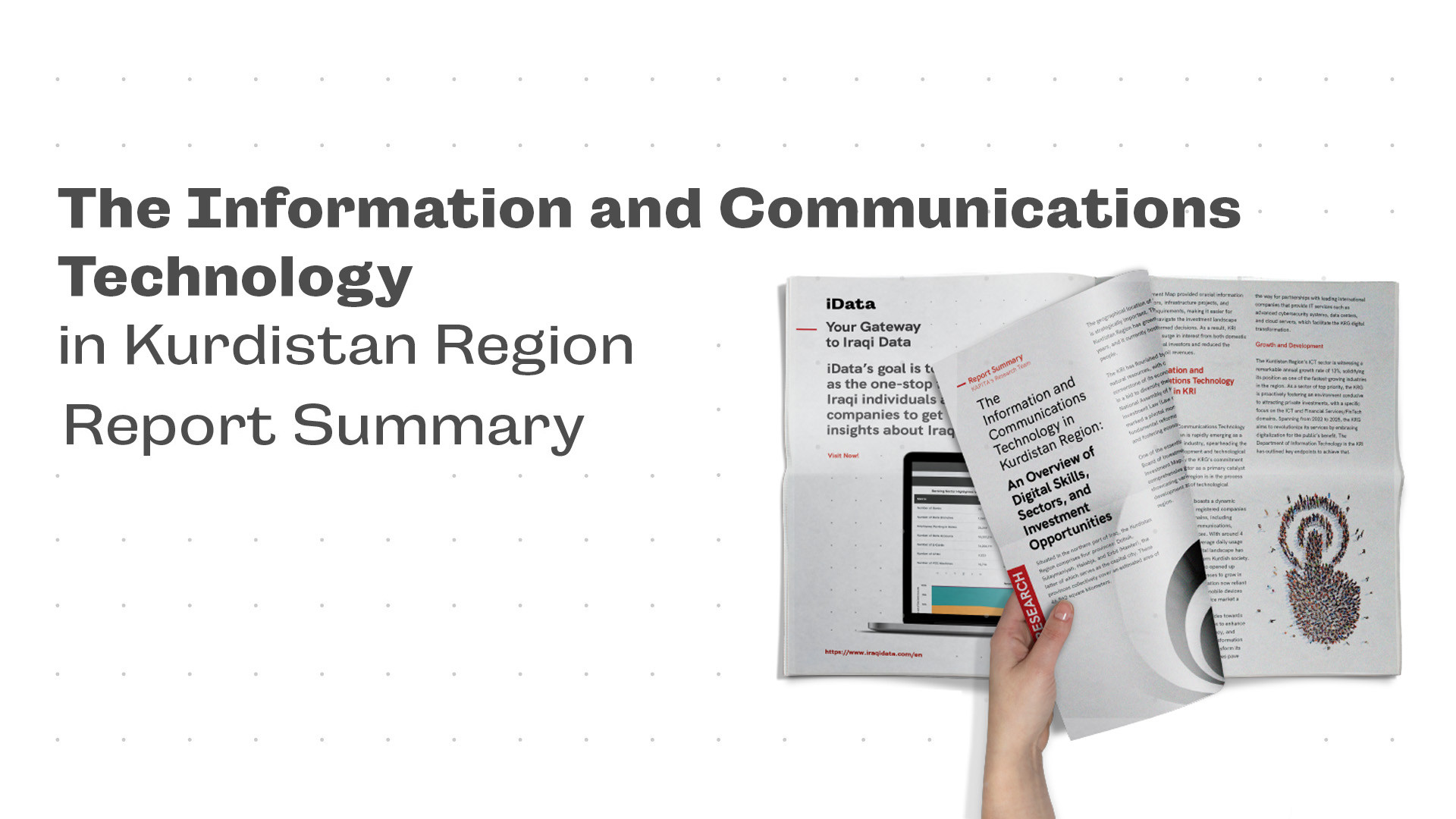Last-mile Delivery in Iraq: Navigating Through Logistics and Financial Bumps
Mujahed Waisi
Founder and CEO, KAPITA Business Hub
Last-mile delivery is the last step in delivering products to the end consumers' destinations, usually their residences. While the name of the process was recently introduced to the Iraqi market in a formal way, the service itself was not new to the Iraqi market. Delivery of newspapers, dairy products, and even the famous Iraqi Kebab was a known practice in the fifties. Moreover, many microbusinesses were operated by men and women marching streets and shouting for the availability of products that people would come out of their homes to purchase.
Years of struggling economy under sanctions delayed the transition into a systemized and digitized last-mile delivery service in Iraq prior to 2003. Afterward, the Iraqi market started experiencing the introduction of many new products in various sectors, from clothes to computers and mobile phones, which revitalized the market. These, coupled with the high purchasing power, created a need for better logistics and smoother delivery of products between different Iraqi cities.
Initially, the last-mile delivery service used to be exclusive to some transportation companies located mainly in Sinaa Street and Al-Nahda and some other places in the rest of the governorates. It functioned as goods transportation between Baghdad and the rest of the governorates, mostly by merchants who came to Baghdad to buy wholesale and then have it transported using these services. On the other hand, small goods were shipped between the cities in Iraq with companies that transported passengers. This practice, using passenger transportation as goods transportation, was usually used for lighter goods and followed a personal agreement between the sender and the driver. However, the demand for this service had to be on a larger scale than individual cases in order for companies to specialize in this field.
Yet, around 2016, the scene started changing with the increased penetration of the internet and the rise of e-commerce, mostly through social media. Transportation companies started to pivot their business to fit this growing trend. This trend started spreading since the traditional way to transport goods was very costly, especially when it was not on a wholesale scale. Sending items with a driver used to cost around 25,000 IQD. In addition, international shipping companies, FedEx, DHL, Ups, and others, work on international shipments rather than local ones. The market started changing and settled on a standard price for shipments of 5,000 IQD per item within the same governorate and 10,000 IQD per item from one governorate to another. These prices are non-negotiable even if the services are better because the customer will not deal with a company that charges more than those standard prices, leading companies to comply with these prices. Some companies, however, employed other tactics to drive up competition and traction by lowering the prices to 4,000-3,000 IQD for local delivery and 7,000 IQD for governorate-to-governorate delivery.
Last-mile delivery in Iraq is not just a delivery industry as it would be believed to be; it is a massive cash collection industry. Cash on delivery is by far the most used payment method in Iraq. In fact, about 75% of customers purchase products directly from social media pages which only offer cash on delivery as a payment method option. Moreover, even e-commerce apps and websites are almost dependent on cash on delivery, with minimal orders using online payment methods. Such dependence on cash-on-delivery in e-commerce and having the last-mile-delivery companies as cash collectors is a substantial limitation for e-commerce and is the root cause of most of the challenges that last-mile-delivery companies are facing.
Currently, thousands of companies in Iraq deal in transporting goods, either within the borders of one governorate or across the governorates. Many of these companies are not registered and are mostly small enterprises that consist of one office with a fleet of representatives, third-party taxi drivers that transport goods, or/and motorbikes. On the other hand, the more established companies in the industry function as big market players; those are registered companies with large fleets. Some of these more established companies employ tech in their business, either in their inner workings or to connect with clients through apps. However, so far, this has not been the prevalent way to do business in the goods transportation industry.
Many small businesses that work in the last mile delivery came out of the market need that was born of the rise of e-commerce. In some cases, that was even the result of some of those e-commerce companies that saw the potential in being responsible for their own deliveries. Some of those e-commerce companies started to either build their own last-mile delivery services or signed partnership deals with more established and reputable delivery companies due to the fact that many small last-mile delivery companies usually do not deliver according to the standards that e-commerce companies require. One of the most prevalent issues that emerged was reverted orders, which are orders shipped out but not received by the customer for many reasons. This generated an approximate loss of 5% - 20% depending on the quality of the product and the company.
Another issue is the damage that may occur to the goods. Often the delivery drivers might not understand the nature of the product, which may cause them to store it improperly, causing it to be damaged due to many different factors. This, in return, creates conflict between the last-mile delivery company and the e-commerce company dealing with them. Some last-mile delivery companies will hold themselves financially responsible for any damages that may occur to the products, while others may not and end up losing their customers.
Furthermore, we have an issue that is mostly overlooked which is the problem with addresses. There is no correct addressing system in Iraq, and people often rely on physical descriptions of addresses. This causes a lot of unnecessary confusion between the drivers and customers, in some cases causing the customer or the driver to not receive or deliver. Moreover, there is the issue of settling the finances between the e-commerce companies and the last-mile delivery. Many of the last-mile delivery companies relied on paperwork; if the invoices got lost, a company would deny that orders were fulfilled. This situation is improving with many companies adopting a digitized model. Yet, another facet of this issue is receiving payments from last-mile delivery companies, which are often susceptible to delays.
Furthermore, we sometimes see some companies lower their delivery prices to get more customers and gain traction despite it being unprofitable. Often those companies have bad accounting practices and improper bookkeeping and are not fully aware of the issue at hand. The money that is coming in and the money that is being paid to maintain operations is being rotated without generating any profits, while at the same time, the company is gaining more customers, and the cost of operations is increasing. Therefore, some companies were bankrupt and in large debts to their customers and are unable to pay back or, in the best circumstances, can only pay in long-term installments.
Regardless of the hurdles that affect the last-mile delivery sector, the potential in this sector is massive and cannot be overlooked. The growing e-commerce market is its main beneficiary, and the two are organically linked to growing side by side. The increased adoption of electronic payment by companies and customers alike will mitigate many fundamental issues in this domain, including reverted orders, fraud, and delayed payment. In addition, digitalization, advancements in technology, improvement of logistics and transportation infrastructure, and the usage of proper accounting practices would lead this sector to exponentially expand correctly and in the right direction.






